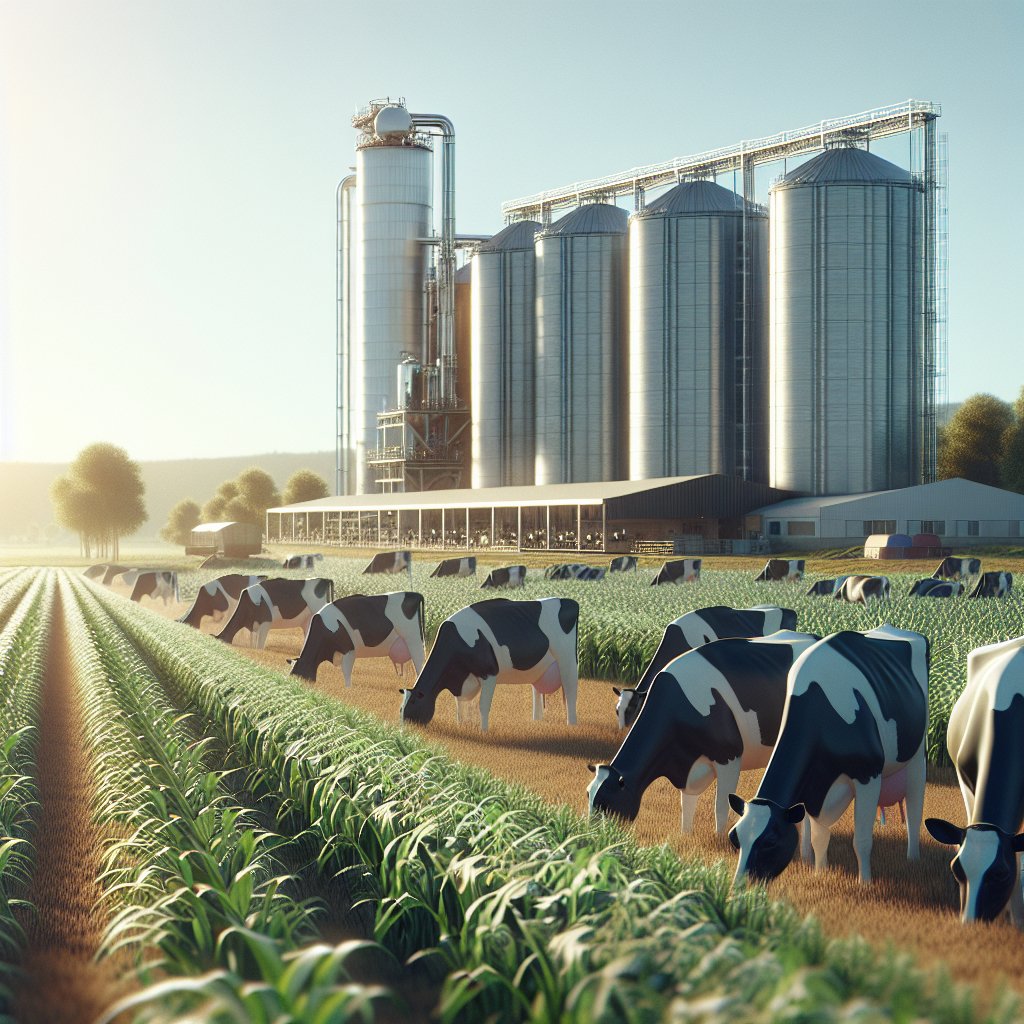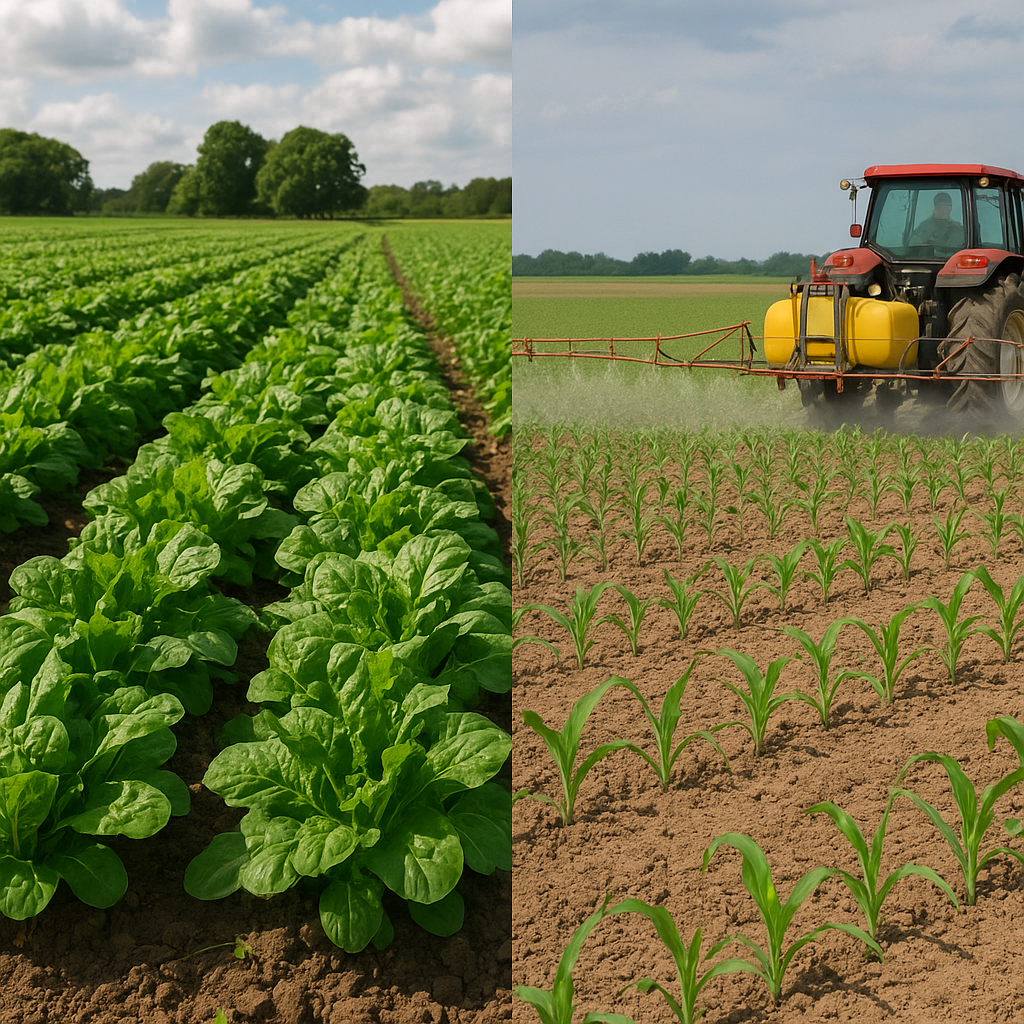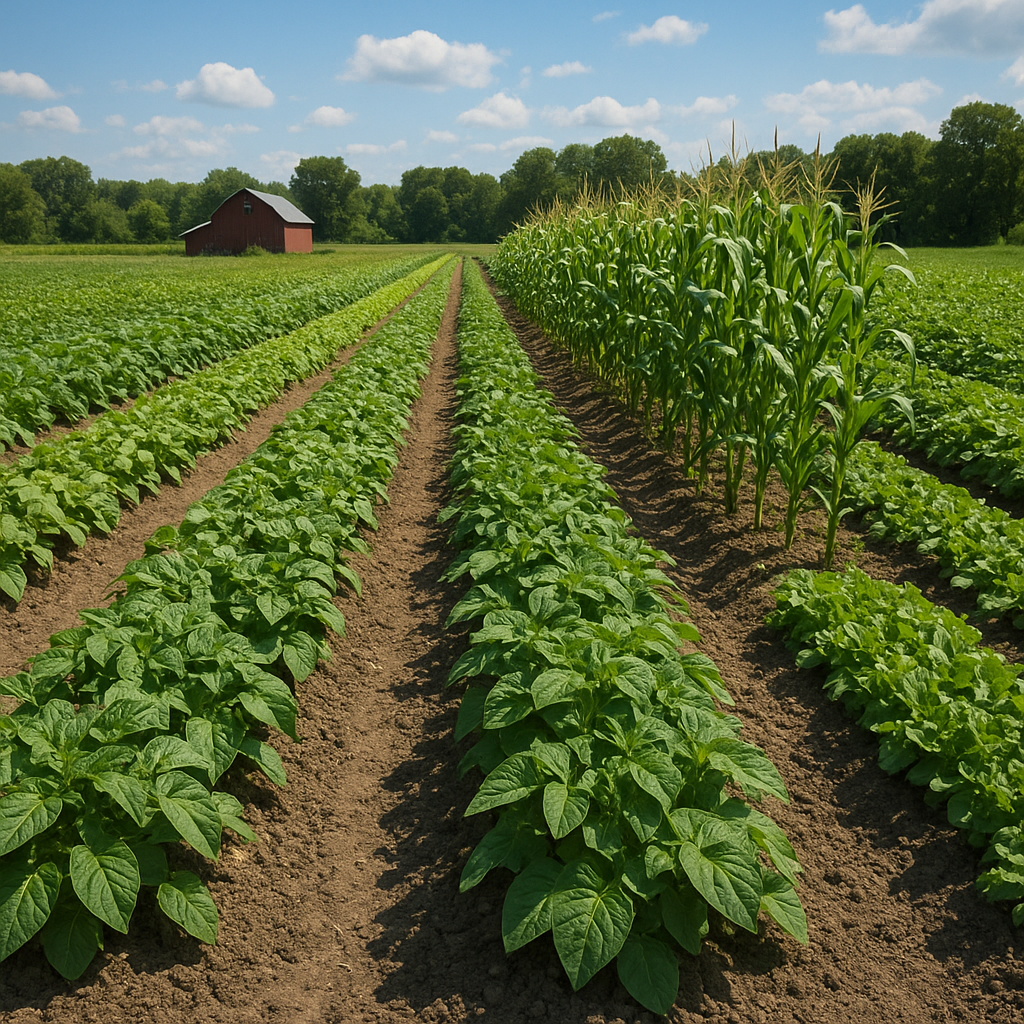The future of dairy farming in a plant-based world presents a complex landscape of challenges and opportunities for traditional dairy producers. As consumer preferences shift towards plant-based alternatives, the dairy industry must adapt to maintain its relevance and sustainability. This article explores the evolving dynamics of dairy farming, the impact of plant-based diets on the industry, and innovative strategies that can be employed to thrive in this changing environment.
Understanding the Shift Towards Plant-Based Alternatives
The rise of plant-based diets has been fueled by various factors, including health concerns, environmental awareness, and ethical considerations regarding animal welfare. As more consumers opt for plant-based alternatives, the dairy industry faces significant pressure to rethink its practices and offerings. This shift is not merely a trend; it reflects a broader societal change in how food is perceived and consumed.
Health and Nutrition Trends
Health consciousness has become a driving force behind dietary choices. Many consumers are increasingly aware of the potential health risks associated with high dairy consumption, such as lactose intolerance and cholesterol levels. As a result, they are turning to plant-based options that are perceived as healthier and more digestible. This trend is particularly prominent among younger generations, who prioritize nutrition and wellness in their food choices.
Environmental Impact
The environmental footprint of dairy farming is another critical factor influencing consumer behavior. Traditional dairy farming practices contribute to greenhouse gas emissions, water usage, and land degradation. In contrast, plant-based alternatives often have a lower environmental impact, appealing to eco-conscious consumers. As climate change becomes an urgent global issue, the dairy industry must address its environmental challenges to remain competitive.
Ethical Considerations
Animal welfare concerns have also played a significant role in the shift towards plant-based diets. Many consumers are increasingly aware of the conditions in which dairy animals are raised and the ethical implications of dairy production. This awareness has led to a demand for transparency and humane practices within the dairy industry. Producers who fail to address these concerns may find themselves losing market share to plant-based alternatives that prioritize ethical sourcing.
Adapting Dairy Farming Practices
In response to the changing landscape, dairy farmers must adopt innovative practices to remain viable. This adaptation involves not only improving traditional dairy farming methods but also exploring new avenues for growth and sustainability.
Embracing Sustainable Practices
Sustainability is no longer an option but a necessity for dairy farmers. Implementing sustainable practices can help reduce the environmental impact of dairy farming while appealing to eco-conscious consumers. Some strategies include:
- Improved Waste Management: Utilizing manure as a resource for biogas production or organic fertilizers can minimize waste and reduce greenhouse gas emissions.
- Water Conservation: Implementing efficient irrigation systems and water recycling methods can help conserve water resources.
- Regenerative Agriculture: Adopting regenerative practices, such as rotational grazing and cover cropping, can enhance soil health and biodiversity.
Product Diversification
Dairy farmers can also explore product diversification to meet changing consumer preferences. This may involve:
- Developing Value-Added Products: Creating yogurt, cheese, or ice cream with unique flavors or health benefits can attract a broader customer base.
- Exploring Hybrid Products: Combining dairy with plant-based ingredients can create innovative products that appeal to both dairy lovers and plant-based consumers.
- Offering Organic and Grass-Fed Options: Catering to consumers seeking higher-quality, ethically produced dairy products can enhance brand loyalty.
Leveraging Technology
Technology plays a crucial role in the future of dairy farming. Farmers can leverage advancements in technology to improve efficiency, productivity, and sustainability. Some key areas of focus include:
- Precision Agriculture: Utilizing data analytics and IoT devices can help farmers monitor herd health, optimize feed efficiency, and reduce waste.
- Automation: Implementing robotic milking systems and automated feeding can streamline operations and reduce labor costs.
- Blockchain for Transparency: Using blockchain technology can enhance traceability and transparency in the supply chain, addressing consumer concerns about sourcing and ethics.
Building Consumer Trust and Engagement
As the dairy industry navigates this transition, building consumer trust and engagement is paramount. Farmers must communicate their commitment to sustainability, animal welfare, and product quality to regain consumer confidence.
Transparency and Education
Transparency is key to fostering trust among consumers. Dairy farmers should actively share information about their practices, including animal care, environmental stewardship, and product sourcing. Educational initiatives can help consumers understand the benefits of dairy and the efforts being made to improve sustainability. This can be achieved through:
- Farm Tours and Open Houses: Inviting consumers to visit farms can provide firsthand insight into dairy farming practices.
- Social Media Engagement: Utilizing social media platforms to share stories, videos, and behind-the-scenes content can create a connection with consumers.
- Collaborations with Nutritionists: Partnering with nutrition experts to promote the health benefits of dairy can help counteract negative perceptions.
Community Involvement
Engaging with local communities can also enhance the dairy industry’s reputation. Farmers can participate in community events, sponsor local initiatives, and support educational programs related to agriculture and nutrition. Building strong relationships with consumers fosters loyalty and encourages them to choose dairy products over plant-based alternatives.
Conclusion: A Path Forward for Dairy Farming
The future of dairy farming in a plant-based world is undoubtedly challenging, but it also presents opportunities for innovation and growth. By understanding the factors driving the shift towards plant-based diets, embracing sustainable practices, diversifying products, leveraging technology, and building consumer trust, dairy farmers can navigate this evolving landscape successfully. The key lies in adaptability and a willingness to evolve alongside changing consumer preferences, ensuring that dairy farming remains a vital part of the global food system.




